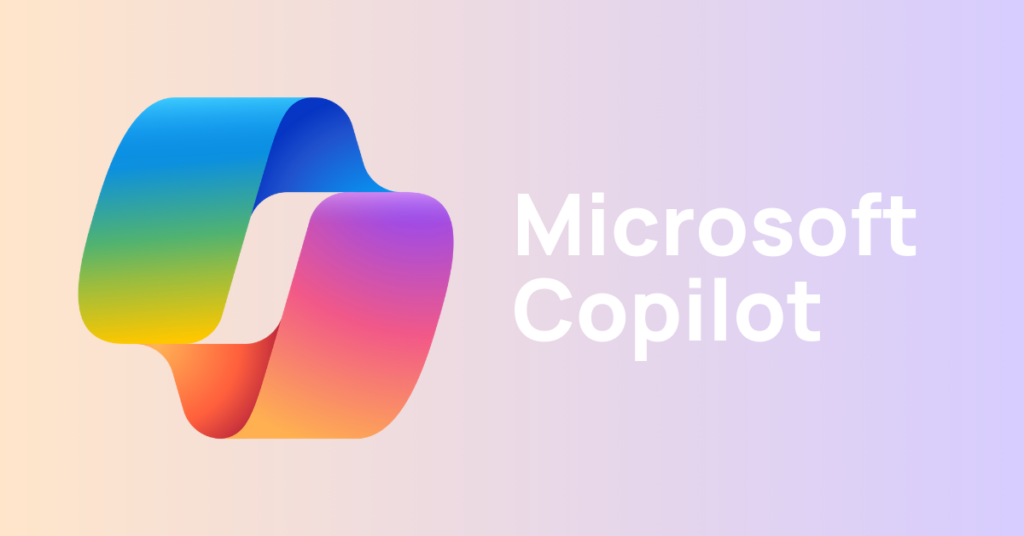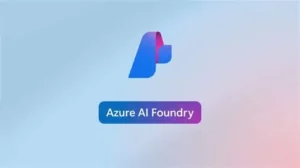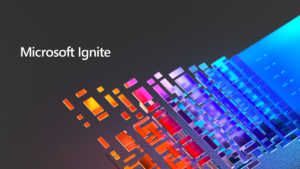Microsoft is continuing to push the boundaries of automation with the latest advancement in Copilot Studio—the introduction of Computer Use, a powerful new capability that allows AI agents to interact directly with applications and websites using their graphical user interfaces (GUIs). Unlike traditional Robotic Process Automation (RPA), which relies on predefined scripts and fragile workflows, Computer Use leverages cutting-edge AI models to dynamically understand and navigate UIs—even when those interfaces change.
More details on this feature can be found in Microsoft’s official announcement.
Why This Matters
Organizations have long depended on RPA tools to streamline repetitive tasks and reduce manual workloads. But these systems often come with a hidden cost: fragility. If a single button moves or a field is renamed in an application, the automation may break—requiring time-consuming and costly updates.
Computer Use changes the game. By allowing AI agents to “see” and interpret the UI the way a human does, Copilot Studio removes the need for rigid scripts. These agents can adapt to changes in layouts and designs, and even navigate applications that were previously too complex or dynamic for RPA tools.
What This Enables
Beyond improving the resilience of existing automations, Computer Use unlocks entirely new AI-driven solutions:
-
Workflows that span across modern and legacy apps—even those without APIs.
-
Adaptive agents that reason over what they see and make decisions in real time.
-
Faster time-to-value, with fewer resources spent maintaining brittle automations.
As Microsoft continues to integrate these capabilities into Copilot Studio, organizations will be able to rethink what’s possible with AI-powered automation—and go beyond the limits of conventional RPA.




